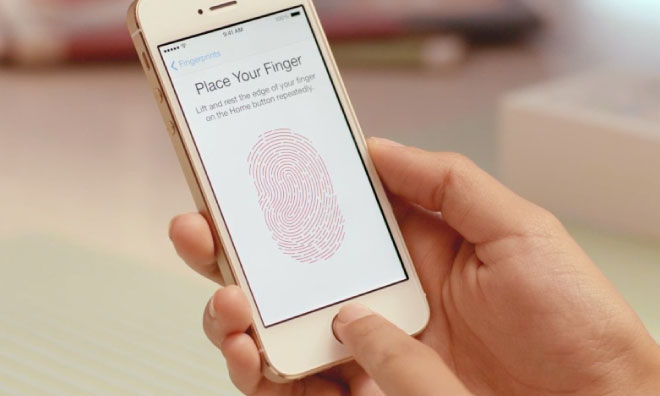
Earlier this month a Guardian report flagged a curious ‘Error 53’ message that was disabling iPhones. The error was caused by unofficial repair shops replacing the connector that ran between the Touch ID sensor in an iPhone’s home button — usually in the process of replacing faulty home button assemblies.
Today, Apple is issuing an updated version of iOS 9.2.1 for users that update their iPhones via iTunes only. This update will restore phones ‘bricked’ or disabled by Error 53 and will prevent future iPhones that have had their home button (or the cable) replaced by third party repair centers from being disabled.
A new support document on Apple’s site has been issued that details the causes and repair methods for Error 53.
The update is not for users who update their iPhones over the air (OTA) via iCloud. If you update your phone that way, you should never have encountered Error 53 in the first place. If, however, you update via iTunes or your phone is bricked, you should be able to plug it into iTunes to get the update today, restoring your phone’s functionality.
Apple issued the following statement to TechCrunch.
“Some customers’ devices are showing ‘Connect to iTunes’ after attempting an iOS update or a restore from iTunes on a Mac or PC. This reports as an Error 53 in iTunes and appears when a device fails a security test. This test was designed to check whether Touch ID works properly before the device leaves the factory.
Today, Apple released a software update that allows customers who have encountered this error message to successfully restore their device using iTunes on a Mac or PC.
We apologize for any inconvenience, this was designed to be a factory test and was not intended to affect customers. Customers who paid for an out-of-warranty replacement of their device based on this issue should contact AppleCare about a reimbursement.”
Note, that the update will NOT re-enable Touch ID. As we wrote when we covered this issue previously, this is the right thing to do.
“…your fingerprints are stored on a secure enclave. The secure enclave is a coprocessor that utilizes a secure boot process to make sure that it’s uncompromised. It has a secret unique ID not accessible by the rest of the phone or Apple — it’s like a private key. The phone generates ephemeral keys (think public keys) to talk with the Secure Enclave. They only work with the unique ID to encrypt and decrypt the data on the coprocessor.”
Allowing a third-party Touch ID sensor to function properly without an official Apple repair center both verifying that it is legitimate and recalibrating the cable to work with your iPhone’s Secure Enclave is a huge security risk. Apple is absolutely right to disable TouchID — it was also wrong for it to disable your entire iPhone for getting your home button replaced on the cheap.
Now, if you want to retain Touch ID functionality, you can get your home button replaced by Apple, or if cost is a concern you can still get it done elsewhere.
Source: http://feedproxy.google.com/~r/Techcrunch/~3/zoopWya82ho/





